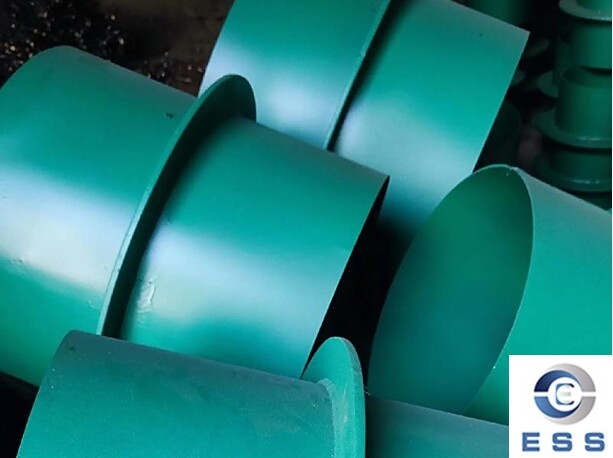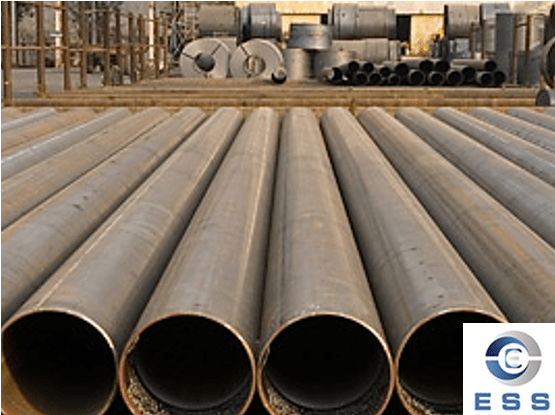
The ways to connect waterproof casing pipe to
pipe include flange connection, welding, flexible connection and compression flange connection.
When choosing, you need to consider the engineering requirements, pipe
material, working environment and safety standards.
Connection method
1. Flange connection
Flange connection is a relatively reliable
connection method, suitable for occasions with strong pressure bearing
capacity. When making flange connection, it is necessary to ensure that the
pipe diameter is consistent with the diameter of the waterproof casing pipe so
that the flange on the pipe can correspond well with the flange of the
waterproof casing pipe. When connecting, the bolts should be tightened and the
nuts are usually galvanized to prevent rust.
2. Welding
Welding is another connection method. The
weld must be completed in one time. When welding, sub-arc welding is usually
used for primer, and X-ray flaw detection is performed to ensure the quality of
welding. Welding can provide high sealing and strength, but it requires
professional technology to perform.
3. Flexible connection
Flexible connection is achieved through
rubber sealing rings and sealing fillers inside the casing pipe, which is
suitable for water cast iron pipes, reinforced concrete and other scenes. This
connection method has good waterproof and sealing performance. During
installation, the pipe passes through the inside of the casing pipe. After
installing the rubber sealing ring, the gap between the pipe and the casing
pipe is filled and sealed with sealing materials.
4. Compression flange connection
In some specific flexible waterproof casing
pipe designs, after the pipe passes through the casing pipe, the end with
screws is a compression flange. A rubber O-ring is installed inside the
compression flange. After tightening the screws, the O-ring deforms and presses
on the pipe to form a sealing surface, achieving a sealing and waterproof
effect.
Connection precautions
1. Choose a suitable connection method
Choose a suitable connection method
according to the actual situation, considering the use environment,
temperature, pressure and other factors of the cable.
2. Pay attention to the length and diameter
of the casing pipe
When connecting, you need to pay attention
to whether the length and diameter of the casing pipe meet the requirements,
otherwise it will affect the stability of the connection.
3. Check whether the connection is firm
After the connection is completed, you need
to check whether the connection is firm to avoid looseness or other problems.
4. Prevent cable damage
When connecting, you need to be careful not
to damage the cable to avoid the cable being crushed or worn during connection.
5. Pay attention to safety
When connecting, you need to wear
protective equipment such as gloves and glasses to avoid safety accidents.
Summary
When choosing a connection method, you need
to determine the most appropriate connection method based on specific project
requirements, pipeline materials, working environment and safety standards.













 Eastern Steel Manufacturing Co.,Ltd not only improve product production and sales services, but also provide additional value-added services. As long as you need, we can complete your specific needs together.
Eastern Steel Manufacturing Co.,Ltd not only improve product production and sales services, but also provide additional value-added services. As long as you need, we can complete your specific needs together.










